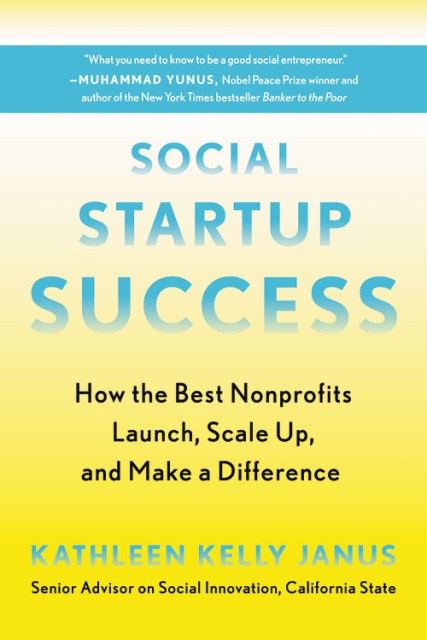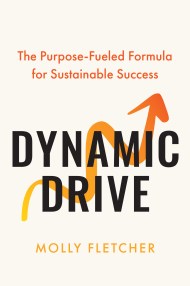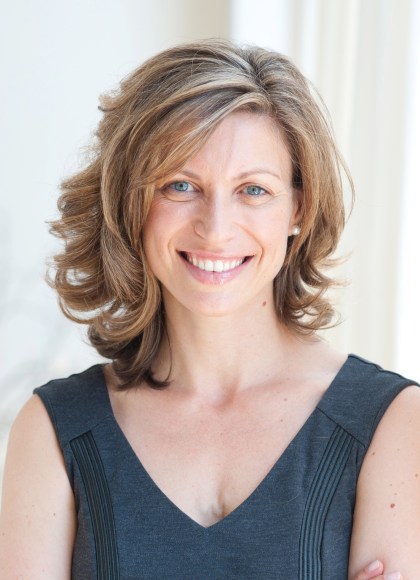Promotion
25% off sitewide. Make sure to order by 11:59am, 12/12 for holiday delivery! Code BEST25 automatically applied at checkout!
By clicking “Accept,” you agree to the use of cookies and similar technologies on your device as set forth in our Cookie Policy and our Privacy Policy. Please note that certain cookies are essential for this website to function properly and do not require user consent to be deployed.
Social Startup Success
How the Best Nonprofits Launch, Scale Up, and Make a Difference
Contributors
Formats and Prices
- On Sale
- Jun 1, 2021
- Page Count
- 272 pages
- Publisher
- Balance
- ISBN-13
- 9780738234816
Price
$17.99Price
$22.99 CADFormat
Format:
- Trade Paperback $17.99 $22.99 CAD
- ebook $17.99 $22.99 CAD
- Audiobook Download (Unabridged)
This item is a preorder. Your payment method will be charged immediately, and the product is expected to ship on or around June 1, 2021. This date is subject to change due to shipping delays beyond our control.
Buy from Other Retailers:
In order to make a difference, any modern nonprofit needs to achieve multimillion-dollar annual revenues. After surveying more than 200 high-performing entrepreneurs across the country—including the leaders of Teach for America, City Year, Donors Choose, charity: water, and Hot Bread Kitchen—Kathleen Kelly Janus is here to show you how to reach and sustain lasting organizational growth. Janus asked a simple question: “What is the key to nonprofit success?” The answers she received reveal five key strategies responsible for the most successful social startups:
- Testing Ideas
- Measuring Impact
- Funding Experimentation
- Leading Collaboratively
- Telling Compelling Stories
-
"The pressing social problems we face today require creative leadership. This book will teach you what you need to know to be a good social entrepreneur."Muhammad Yunus, Nobel Peace Prize winner and author of the New York Times bestseller Banker to the Poor
-
"Shows how to scale an impact organization and, in so doing, change the world for the better."Charles Best, Founder and CEO, DonorsChoose
-
"An invaluable resource for the next generation of changemakers."Wendy Kopp, Founder, Teach for America, cofounder and CEO, Teach for All
-
"An inspiring must-read, with an empathetic voice, for all of us aspiring to maximize our social value through our organizations, work, and lives."Laura Arrillaga-Andreessen, Founder/CEO, laaf.org, author of Giving 2.0, Founder/Chairman, Stanford Center on Philanthropy & Civil Society, Founder/Chairman Emeritus, Silicon Valley Social Venture Fund
-
"Reveals the secret sauce behind the most influential nonprofits of our time, telling their stories in memorable ways that every nonprofit leader can learn from."Darren Walker, President, Ford Foundation
-
"Social Startup Success is a marvelous compilation of stories of some of the most inspiring leaders of our time."Bill Drayton, CEO of Ashoka: Everyone a Changemaker
-
"An insightful and highly useful guide that breaks down how organizations maximize their impact and create lasting change. An important contribution to the field."David Bornstein, author of How to Change the World:Social Entrepreneurs and the Power of New Ideas
-
"Social Startup Success covers all of the important building blocks...necessary for early stage organizations to succeed and build a strong foundation for further scale."Heather McLeod Grant, Cofounder, Open Impact, and author of Forces for Good
-
"[A] no-nonsense, energetic guide...Kelly hits her target perfectly, and this is a must-read for anyone who wants to combine a lucrative career with work for the greater good."Publishers Weekly
-
"Social entrepreneurship's essential playbook."Midwest Book Review
Newsletter Signup
By clicking ‘Sign Up,’ I acknowledge that I have read and agree to Hachette Book Group’s Privacy Policy and Terms of Use







